Potato soup is a timeless comfort food that's perfect for any occasion. Whether you're looking to warm up on a chilly day or simply want a hearty and filling meal, this creamy and delicious potato soup will hit the spot every time. In this article, you'll learn everything you need to know about making the best potato soup recipe, from the ingredients you’ll need to common mistakes to avoid. So, if you’re ready to dive into a bowl of warm, comforting goodness, keep reading!
What is Potato Soup?
Potato soup is a thick, creamy, and flavorful soup made primarily from potatoes, broth, and a variety of vegetables and seasonings. It’s a versatile dish that can be customized in numerous ways to suit different tastes and dietary preferences. Its rich texture and mild flavor make it an ideal base for adding various ingredients, from cheese and bacon to sour cream and herbs. Potato soup is also a great option for meal prep since it stores well and can be easily reheated.
Ingredients List for Potato Soup
Here’s a basic list of ingredients you’ll need for the best potato soup recipe:
- Potatoes (Russet or Yukon Gold): 4-6 medium potatoes, peeled and diced. Potatoes are the star of the dish, and they provide the creamy texture and body for the soup.
- Onion: 1 medium onion, finely chopped. Onions add depth of flavor to the soup.
- Garlic: 2-3 cloves, minced. Garlic enhances the overall taste with its savory notes.
- Carrots: 1-2 medium carrots, peeled and chopped. Carrots add a bit of sweetness and color.
- Celery: 2 stalks of celery, chopped. Celery complements the potatoes and adds a slight crunch.
- Butter: 2 tablespoons. Butter helps sauté the vegetables and adds richness to the soup.
- All-Purpose Flour: 2 tablespoons. Flour is used to thicken the soup.
- Chicken or Vegetable Broth: 4 cups. The broth serves as the base liquid, giving the soup flavor and body.
- Heavy Cream or Half-and-Half: 1 cup. This adds creaminess and richness to the soup.
- Cheddar Cheese: 1 cup, shredded. Cheese gives the soup a smooth, cheesy finish.
- Bacon: 4-6 slices, cooked and crumbled. Bacon adds a smoky flavor and crispy texture.
- Green Onions: 2-3, chopped for garnish. Green onions add color and a fresh burst of flavor.
- Salt and Pepper: To taste. Season the soup according to your preference.
- Optional: Sour cream, chives, or parsley for garnish.
Substitutions and Variations
One of the best things about potato soup is how adaptable it is. Here are some substitutions and variations you can try:
- Vegetarian Version: Use vegetable broth instead of chicken broth and omit the bacon. You can add plant-based bacon or smoked tofu for a similar smoky flavor.
- Dairy-Free Option: Replace the butter with olive oil or a plant-based butter alternative. Use coconut milk or almond milk in place of the heavy cream.
- Vegan Option: Follow the dairy-free and vegetarian suggestions above. You can also add nutritional yeast for a cheesy flavor without using real cheese.
- Loaded Potato Soup: For an extra indulgent version, add more toppings like sour cream, extra cheese, and a sprinkle of fried onions or jalapeños.
- Gluten-Free Version: Swap the all-purpose flour for a gluten-free flour or cornstarch to thicken the soup.
- Spicy Kick: Add diced jalapeños or a dash of hot sauce to give the soup a bit of heat.
Step-by-Step Cooking Instructions
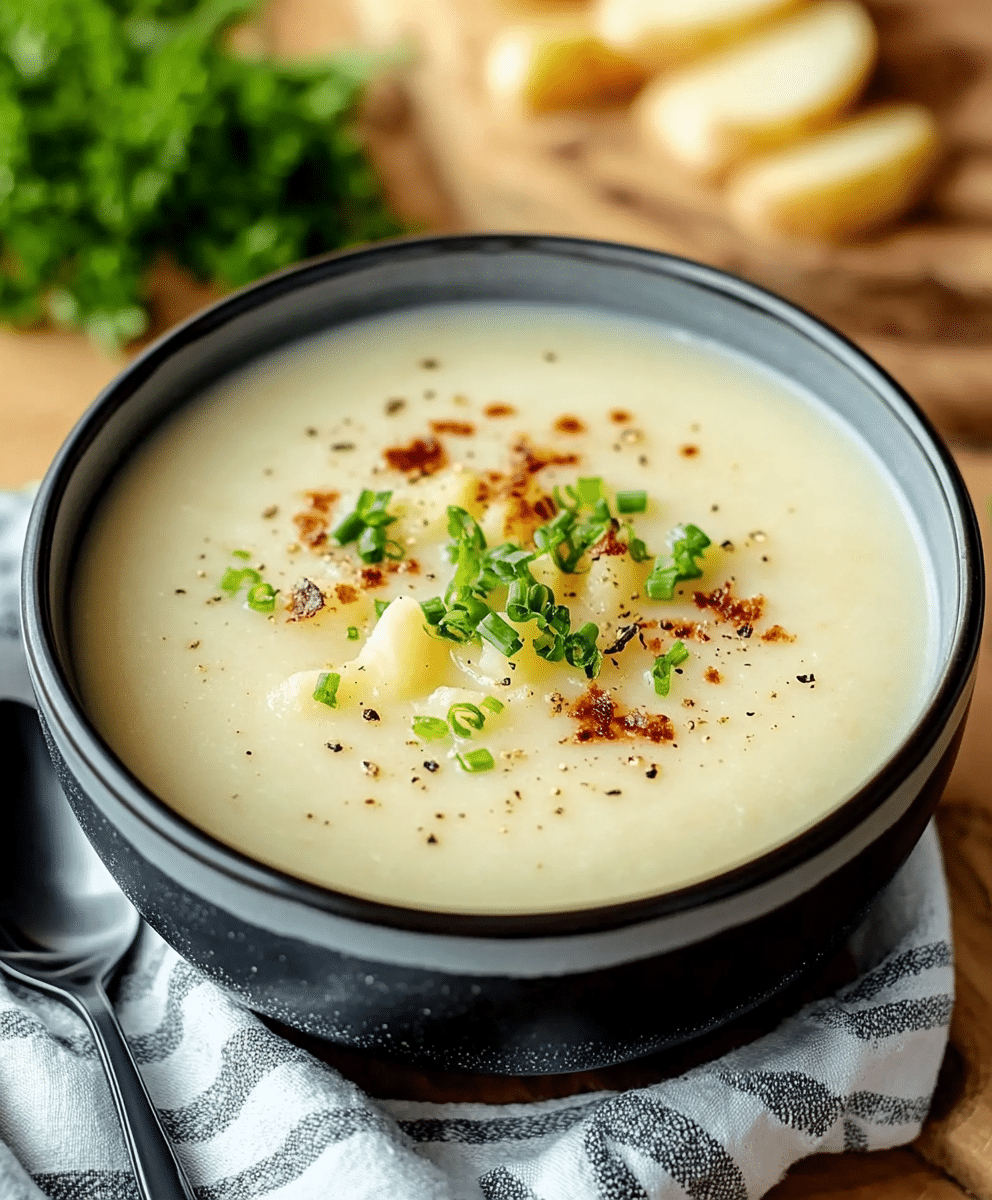
Making potato soup is simple and doesn't require advanced culinary skills. Follow these steps to get the best results:
- Prepare the Ingredients: Peel and dice the potatoes, chop the onions, garlic, celery, and carrots. Set aside.
- Cook the Bacon: In a large pot, cook the bacon over medium heat until crispy. Remove the bacon and set it aside on paper towels to drain. Reserve some of the bacon fat in the pot.
- Sauté the Vegetables: In the same pot with the bacon fat, add the butter and melt it. Then, add the onions, garlic, carrots, and celery. Sauté for 5-7 minutes until softened and aromatic.
- Make the Roux: Sprinkle the flour over the sautéed vegetables and stir well to coat them evenly. Cook the flour mixture for about 2 minutes to eliminate the raw flour taste.
- Add the Broth and Potatoes: Slowly pour in the chicken or vegetable broth while stirring continuously. Add the diced potatoes and bring the mixture to a boil. Reduce the heat and let it simmer for 15-20 minutes, or until the potatoes are fork-tender.
- Blend the Soup: Once the potatoes are soft, use an immersion blender to blend the soup until it’s smooth. If you prefer a chunkier texture, blend only half of the soup, leaving some potato pieces intact.
- Add Cream and Cheese: Stir in the heavy cream or half-and-half and the shredded cheddar cheese. Continue stirring until the cheese is melted and fully incorporated into the soup.
- Season and Serve: Taste the soup and adjust the seasoning with salt and pepper as needed. Serve the soup hot, garnished with crumbled bacon, green onions, and any other toppings you prefer.
How to Cook Potato Soup: A Step-by-Step Guide
- Step 1: Cook the Bacon – Render the bacon until crispy, then set it aside.
- Step 2: Sauté Vegetables – Cook onions, garlic, carrots, and celery in bacon fat and butter.
- Step 3: Make the Roux – Sprinkle flour and cook briefly to thicken the soup.
- Step 4: Add Broth and Potatoes – Simmer until the potatoes are tender.
- Step 5: Blend and Add Cream – Blend to your preferred texture, add cream, and melt cheese.
- Step 6: Serve with Toppings – Garnish with bacon, green onions, or sour cream.
Common Mistakes to Avoid
- Overcooking the Potatoes: Overcooked potatoes can break down too much, turning the soup gummy. Keep an eye on the cooking time to ensure they're tender but not mushy.
- Skipping the Roux: The roux (a mixture of fat and flour) is essential for thickening the soup. Skipping this step can result in a watery soup.
- Not Seasoning Properly: Potatoes absorb a lot of salt, so make sure to taste and adjust the seasoning at the end.
- Using Low-Fat Ingredients: While it’s tempting to use low-fat milk or cheese, these substitutes can make the soup thin and less flavorful. Stick to full-fat ingredients for the best taste and texture.
- Not Blending the Soup: Blending the soup (even just partially) is key to achieving that signature creamy texture.
Serving and Presentation Tips
Serving potato soup is more than just pouring it into a bowl. Presentation matters, and there are several ways to make your potato soup look as good as it tastes.
- Garnish Thoughtfully: Sprinkle crumbled bacon, green onions, or a dollop of sour cream on top to add color and texture.
- Use Fun Bowls: Serving the soup in bread bowls adds a rustic, fun touch. Alternatively, serve it in soup crocks for a traditional look.
- Add Texture: Top the soup with crunchy croutons or a sprinkle of crispy fried onions for contrast.
How to Serve Potato Soup
Serve potato soup as a main course alongside crusty bread, garlic bread, or a side salad. It pairs beautifully with a glass of white wine or a cold glass of iced tea. This soup is also an excellent starter course for a multi-course meal.
Presentation Ideas for Potato Soup
- Bread Bowls: Hollow out a round loaf of sourdough or ciabatta and serve the soup inside the bread.
- Mason Jars: For a trendy presentation, ladle the soup into mason jars and top with garnishes.
- Mini Servings: Serve small portions in teacups or espresso cups for a fun appetizer.
Potato Soup Recipe Tips
- Make Ahead: This soup can be made a day or two ahead of time and stored in the fridge. The flavors meld together overnight, making the soup even more delicious.
- Freezing: You can freeze the soup, but note that the texture may change slightly. If freezing, avoid adding the cream and cheese until after reheating.
- Adjust Thickness: If the soup is too thick, add more broth or cream. If it’s too thin, let it simmer uncovered until it reaches your desired consistency.
Frequently Asked Questions (FAQs)
- Can I use sweet potatoes instead of regular potatoes? Yes, you can substitute sweet potatoes for a sweeter, slightly healthier version of potato soup.
- Can I freeze potato soup? Yes, but be aware that the texture may change slightly when reheated. It’s best to add the cream and cheese after thawing.
- Can I make this in a slow cooker? Absolutely! Simply sauté the vegetables, then transfer them to the slow cooker with the potatoes and broth. Cook on low for 6-8 hours or on high for 3-4 hours.
- What can I use instead of heavy cream? Half-and-half, whole milk, or a dairy-free alternative like coconut milk can work as substitutes.
Conclusion
Potato soup is the perfect comfort food, whether you're making it for a family dinner or a cozy night in. Its versatility allows you to adjust it to your liking, from adding various toppings to customizing it for dietary needs. Follow these tips, avoid common mistakes, and you'll have a delicious, creamy bowl of the best potato soup that everyone will enjoy. So go ahead and try this recipe—your taste buds will thank you!
PrintThe Best Potato Soup Recipe
This best potato soup recipe is creamy, rich, and full of flavor, using simple ingredients like potatoes, butter, cream, and seasonings. It's the ultimate comfort food, perfect for a quick weeknight dinner. The recipe is easy to make and perfect for the whole family. The soup is hearty, filling, and great for colder weather.
- Prep Time: 10 minutes
- Cook Time: 30 minutes
- Total Time: 40 minutes
- Yield: 6 servings
- Category: Soup
- Method: Stovetop
- Cuisine: American
- Diet: Gluten Free
Ingredients
- Potatoes
- Butter
- Onion
- Garlic
- Chicken broth
- Heavy cream
- Salt
- Pepper
- Cheddar cheese (optional)
- Bacon (optional)
- Chives (optional)
Instructions
- Melt butter and sauté onions and garlic until softened.
- Add potatoes and chicken broth, then bring to a boil.
- Reduce heat and simmer until potatoes are tender.
- Blend some of the soup for a creamy texture.
- Stir in heavy cream, season with salt and pepper.
- Garnish with cheddar, bacon, and chives if desired. Serve hot.
Notes
- For extra flavor, add smoked paprika or thyme.
- Substitute heavy cream with milk for a lighter version.
Nutrition
- Serving Size: 1 bowl
- Calories: 250 kcal
- Sugar: 2g
- Sodium: 700mg

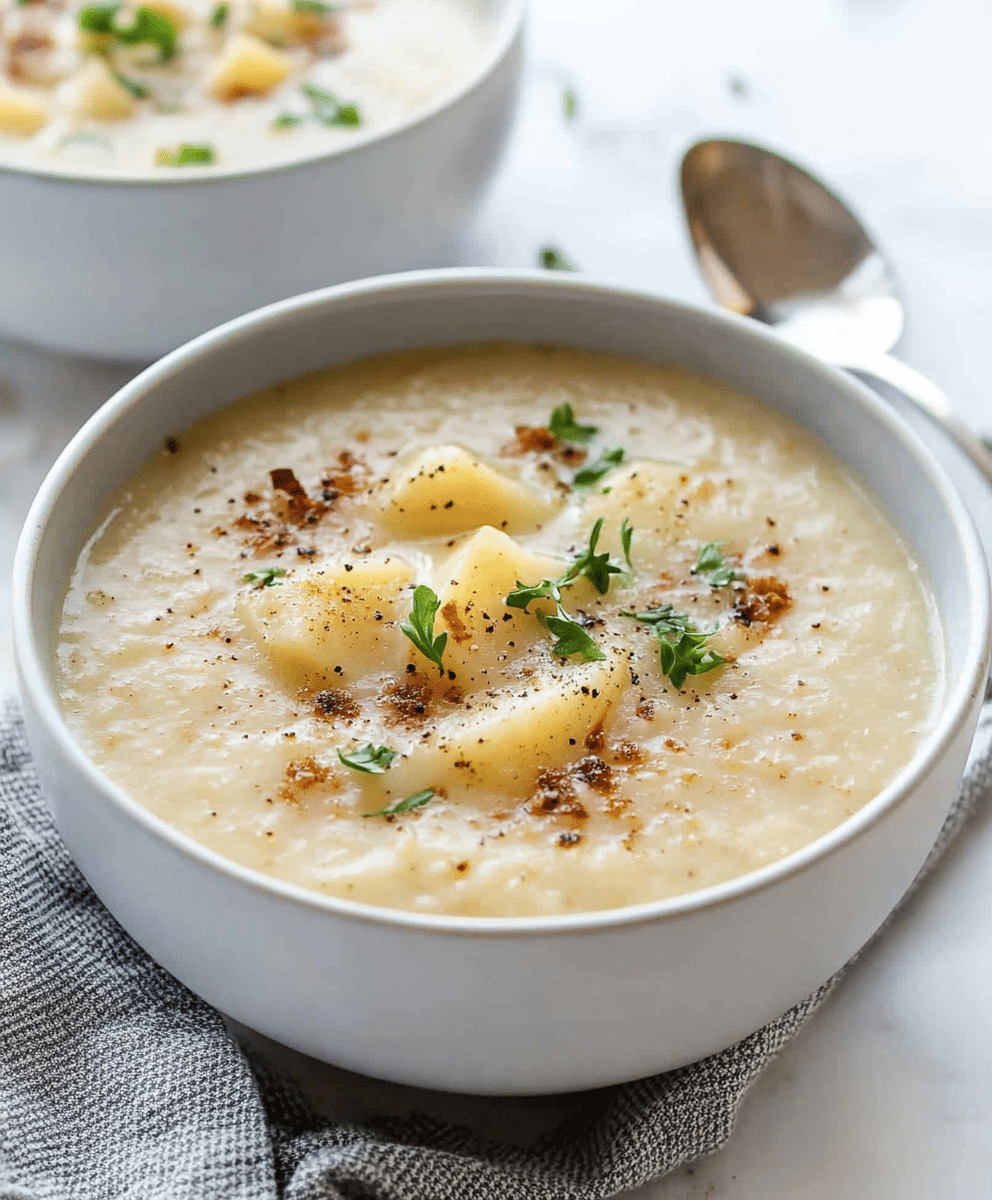
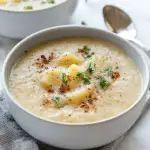
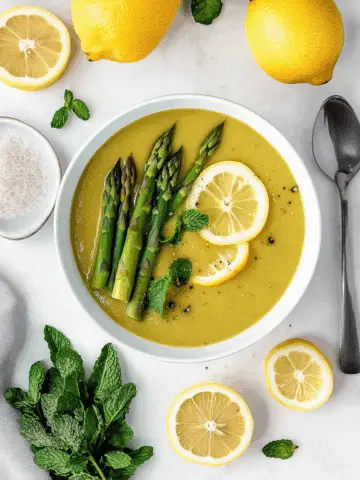
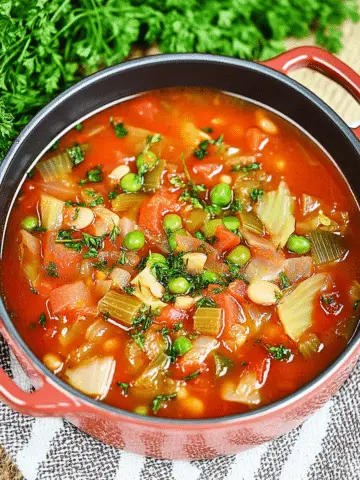

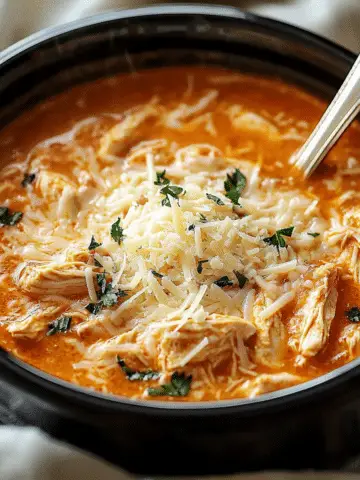
Leave a Reply